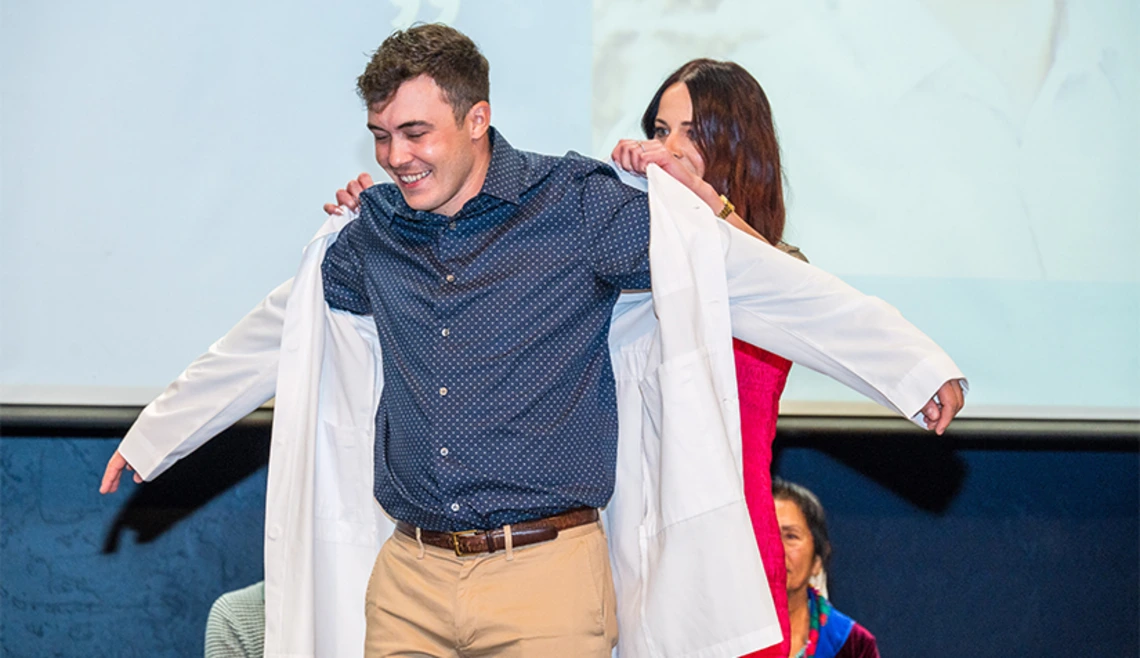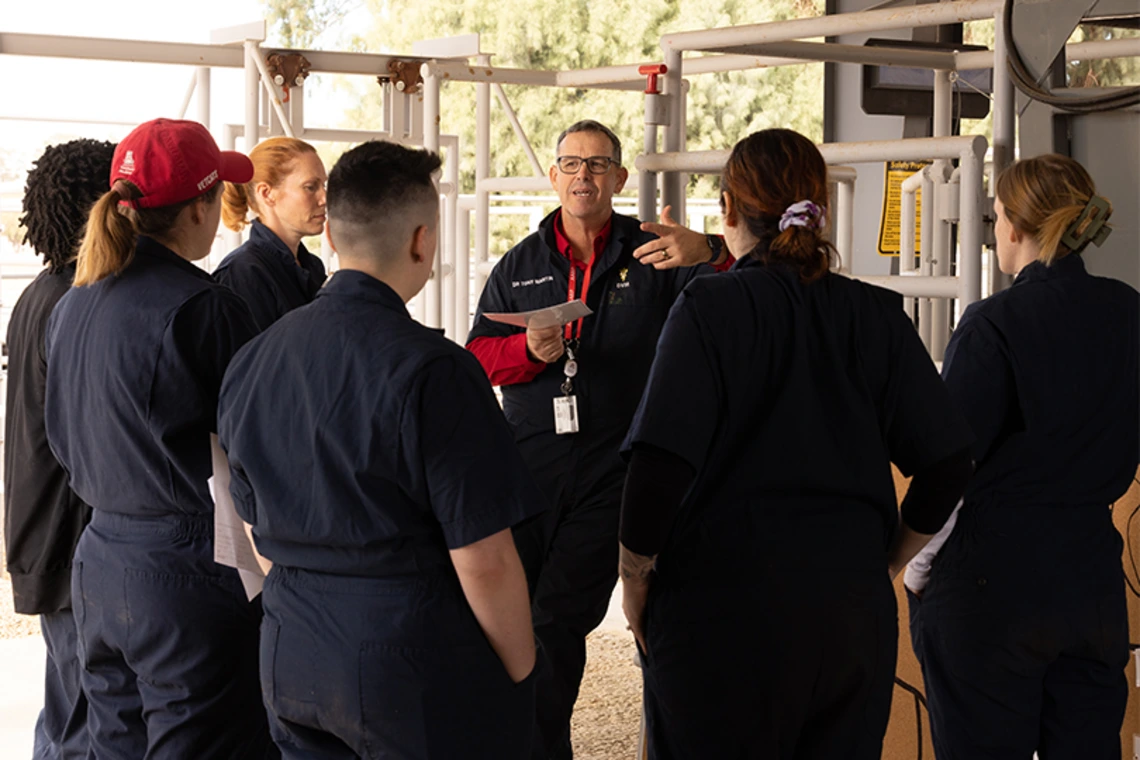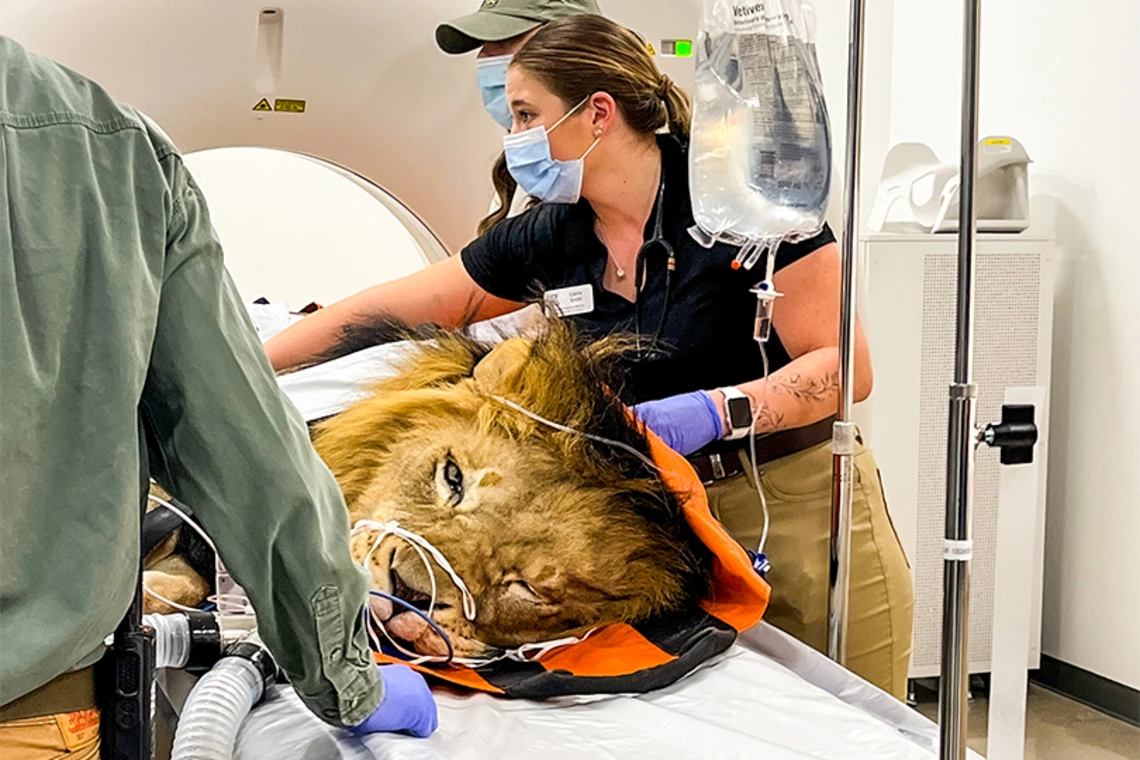Doctor of Veterinary Medicine
Image

The Kemper and Ethel Marley Foundation Doctor of Veterinary Medicine Program
The University of Arizona College of Veterinary Medicine offers an innovative, three-year Doctor of Veterinary Medicine program designed to develop the next generation of veterinary leaders. Through hands-on, evidence-based training and real-world experiences, students build critical thinking skills, become confident problem-solvers, and graduate ready to practice on day one.
Our Faculty & Staff
Start Your DVM Journey
Choose to create a life filled with purpose—join our community, build lasting connections, and make memories that will enrich your journey for years to come.



